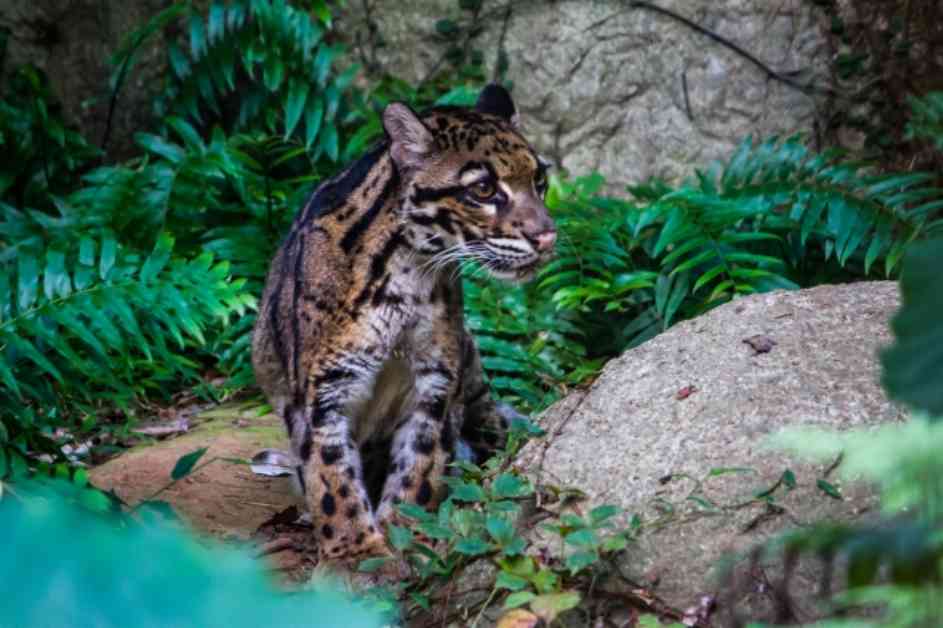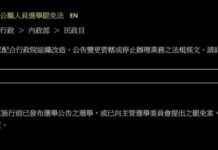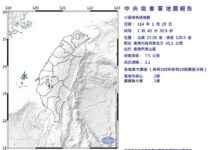In Taiwan, a new subgenre in eco-literature called Speculative Indigenous Fiction is gaining popularity. This genre, also known as Artificial Indigeneity (AI), combines Austronesian cultural elements with fantastical narratives to create unique and thought-provoking stories. Authors like Syaman Rapongan and Aronglong Sakinu have been at the forefront of this movement, exploring the intersection of Indigenous knowledge and speculative fiction.
Traditionally, Taiwanese Indigenous literature has focused on social injustices and political struggles faced by Indigenous peoples. However, in recent years, there has been a shift towards exploring Indigenous perspectives on nature and the environment. This change has led to a reimagining of Indigenous ontologies through the lens of speculative fiction, blurring the lines between science and traditional beliefs.
Authors like Wu Ming-yi and Chiou Charng-ting have embraced this new form of storytelling in their works. Wu Ming-yi’s ‘Cloudland’ takes readers on a metafictional journey to uncover the mysteries of the Formosan cloud leopard, blending modern technology with Indigenous mythology. Similarly, Chiou Charng-ting’s ‘Zebra Finch Rain’ explores the clash between modern scientific methods and traditional shamanic practices on an organic farm.
The emergence of Speculative Indigenous Fiction in Taiwan represents a fusion of traditional cultural elements with philosophical ideas of speculative realism. This genre not only enriches Taiwanese literature but also contributes to global eco-critical studies. By bridging Indigenous knowledge with modern science, these narratives offer a holistic approach to ecological understanding and address pressing environmental concerns.
Dr. Ti-han Chang, a lecturer in Asia Pacific Studies at the University of Central Lancashire, has conducted research on the intersection of Indigenous mythology and nature writing in Taiwan. Her work sheds light on how authors like Wang Chia-hsiang have incorporated Indigenous cosmologies into their narratives. This research provides valuable insights into the development of Speculative Indigenous Fiction and its implications for ecological discourse.
Overall, the rise of Artificial Indigeneity in Taiwan’s eco-literature scene marks a significant shift towards exploring the interconnectedness of human and nonhuman worlds. Through innovative storytelling and a blend of traditional wisdom with modern science, authors are pushing the boundaries of what is possible in literature and ecological studies. Speculative Indigenous Fiction offers a platform for revitalizing Indigenous knowledge and addressing contemporary environmental challenges in a creative and engaging way.












